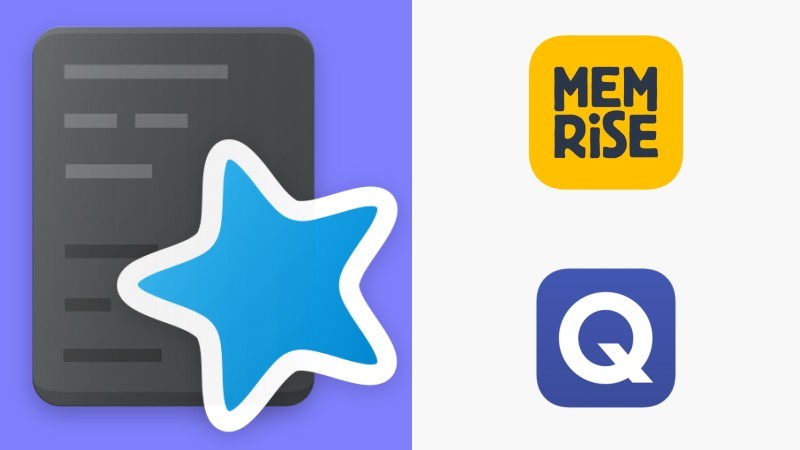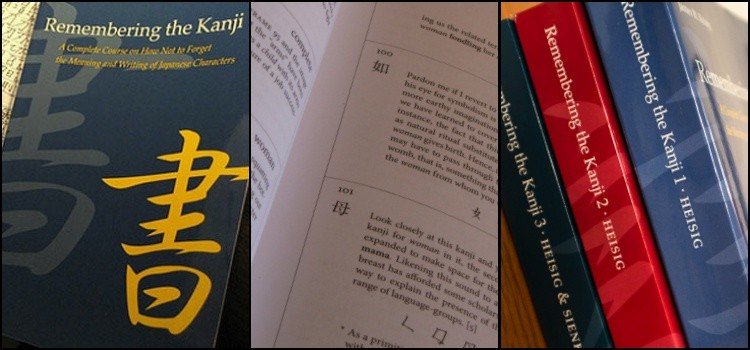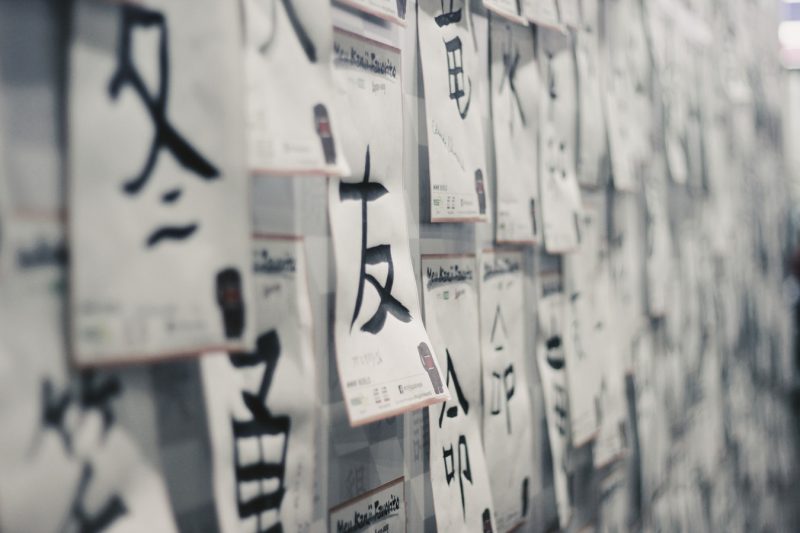In this article, we are going to explore 15 different methods that you can use to learn Japanese in a practical and fast way, with the best possible performance. There are different types of methods or techniques to be explored in different languages.
Remember, the key to learning Japanese is constant practice and exposure to the language. Find the balance between techniques and resources that work for you and stay motivated in the learning process.
Table of Content
Japanese Club - The best method
Before we start exploring the secret methods to learn Japanese, I would like to mention my member area, where we try to explore many of these methods through video lessons, study tools and complete articles teaching everything about the Japanese language step by step.
Unlike other online membership areas where a monthly fee is charged, our Japanese Club only requires a one-off payment that gives lifetime access to the platform with all it can offer members.
So, if you are looking for a course to study Japanese, trust Suki Desu and join our own members area, this is not an affiliate course. I, Kevin, creator of Suki Desu, created the Japonês Club, so expect all the quality of the content as well as our website.

SRS (Spaced Repetition System)
SRS (Spaced Repetition System) is a learning method that uses spaced repetition to help memorize information more efficiently. This technique is very useful for learning Japanese, as the language has many words and characters that can be difficult to remember.
There are several apps that use SRS to help learn the Japanese language, such as Anki, Memrise, and Duolingo. These applications allow the user to create their own lists of vocabulary and phrases to study, and then use the SRS to show this information in a spaced way, according to the level of difficulty of each one.
In this way, the user is exposed to each word or phrase several times, in increasing intervals of time, until he is able to remember it easily. This approach is very effective for long-term memorization of information and can be used to learn not only vocabulary but also grammar, idioms and kanji.

TADOKU - Extensive and Japanese reading
The Tadoku method (多読) is a language learning technique centered on extensive reading that originated in Japan. The word “Tadoku” is an abbreviation of “takusan doku”, which means “to read a lot”. The main objective of this method is to improve reading comprehension, fluency, and vocabulary by reading large amounts of Japanese material appropriate to the student's proficiency level.
The core principles of Tadoku involve choosing appropriate reading materials, reading without consulting a dictionary, and enjoying reading. Students should select texts that are interesting and appropriate for their level, allowing them to understand at least 95% of the content without resorting to a dictionary. The idea is to learn from the context and absorb the language in a natural and pleasant way.
By applying the Tadoku method and reading extensively in Japanese, students can improve their reading skills, expand their vocabulary and improve their grammar skills. Tadoku can also be combined with other language learning techniques, such as spaced repetition and conversation practice, for even better results in mastering Japanese.
We recommend reading: Tadoku Method – Extensive Reading

Shadowing (シャドウイング)
The Shadowing method (シャドウイング) is a language learning technique that emphasizes simultaneous practice of speaking and listening. Developed by professor Alexander Arguelles, the method involves listening to an audio recording in Japanese or the target language and immediately repeating what was said, trying to imitate the rhythm, intonation and pronunciation of the native speaker. The idea is to “shadow” the native speaker as if you were his shadow, following him closely as he speaks.
Practicing shadowing helps improve listening comprehension, pronunciation, and speaking fluency in Japanese or the target language. By constantly repeating what is heard, learners are able to internalize language patterns such as grammatical structures and vocabulary more efficiently. Furthermore, shadowing helps to develop the ability to think and respond quickly in the target language, as students are encouraged to repeat what they hear without hesitation.
To apply the shadowing method, students should start by selecting audio recordings appropriate to their level of proficiency, such as dialogues, news or podcasts. During practice, students should focus on imitating the native speaker as closely as possible, both in terms of pronunciation and intonation. It is important to practice regularly and with different types of materials to get better results and improve various language skills.

AJATT method (All Japanese All The Time)
The AJATT (All Japanese All The Time) method is an immersive approach to learning Japanese, developed by Khatzumoto, a successful self-taught Japanese language learner. The main idea behind AJATT is to create an environment in which the student is constantly exposed to Japanese in order to speed up the learning process and internalize the language more naturally, similar to the way children learn their mother tongue.
The AJATT approach involves several practices to ensure constant exposure to Japanese. These practices include listening to Japanese recordings, watching TV shows and movies, reading Japanese books, manga, and websites, and trying to communicate with native speakers whenever possible. In doing so, students create a rich Japanese learning environment that allows them to absorb the language more efficiently, improving their listening, reading, speaking, and writing skills.
Although the AJATT method can be intensive and require a great deal of time and dedication, it has been shown to be effective for many self-taught learners who want to achieve a high level of Japanese proficiency. To get the best results from this approach, students should commit to constantly engaging with Japanese language materials and creating opportunities to practice their language skills in everyday life.
Heisig method (RTK)
The Heisig Method is an approach to learning to read and write kanji, the Chinese characters used in the Japanese language. Developed by James W. Heisig, an American teacher and scholar, the method is presented in his book “Remembering the Kanji”. The core idea of the Heisig Method is to associate each kanji with a keyword in English and then use mnemonic stories to help memorize the characters and their meanings more efficiently.
Heisig's approach is divided into two main steps. First, students learn to recognize and memorize kanji by associating them with key English words. These keywords represent the general meaning of the kanji. To facilitate memorization, the kanji are presented in a specific order based on their components and the complexity of the strokes. Students also learn to break down kanji into “primary elements,” which are simpler components that appear in multiple characters. These primary elements are used to create vivid and meaningful mnemonic stories that make kanji easier to remember.
In the second step, students learn to read and write kanji, focusing on Japanese pronunciations (both On'yomi and Kun'yomi pronunciations) and common character combinations. By mastering the kanji and their meanings in the first step, students can focus more on pronunciation and reading in the second step. While the Heisig Method can be a bit controversial and isn't suitable for everyone, many Japanese learners find it to be an efficient way to learn and memorize kanji, which can be one of the most challenging parts of learning the language.
We also recommend reading: RTK Method – The best way to learn Kanji

Kanji Kentei (漢字検定)
The Kanji Kentei (漢字検定), also known as Kanken, is a standardized exam of kanji proficiency held in Japan. The main purpose of the Kanji Kentei is to assess candidates' ability to read, write and understand kanji characters at different levels of complexity. The exam is divided into 12 levels, with Level 1 being the most advanced and Level 10 being the most basic. Level Pre-2 and Level Pre-1 are intermediate levels between Level 2 and Level 1.
Preparing for Kanji Kentei is an effective way to learn and practice kanji as the exams cover a wide range of kanji-related skills such as recognizing characters, reading words and sentences, writing characters correctly, and understanding meanings and usages. of kanji in various contexts. Kanken's standardized structure and progressive difficulty levels help students set clear goals and measure their progress in learning kanji.
To prepare for Kanji Kentei, students can utilize a variety of materials and resources such as textbooks, apps, flashcards, and specialized kanji websites. Regular practice and repetition are key to memorizing and mastering kanji. Furthermore, studying for Kanji Kentei can complement other Japanese learning techniques and methods such as the Heisig Method, Tadoku and AJATT, helping students to improve their reading and writing skills in the Japanese language.

Smart Goal Method
The SMART method is a widely used technique for setting goals and objectives efficiently and effectively. It can be applied to learn any language including Japanese.
The acronym SMART represents the characteristics that a goal must have: Specific, Measurable, Achievable, Relevant and Time-bound.
We recommend reading: Smart Goals in Learning Languages like Japanese
Immersion Method
Immersion consists of engaging with the language and culture through travel, meeting native speakers, watching movies and listening to music in the language you want to learn.
Watch movies, TV shows and anime, listen to music and podcasts, and play video games in Japanese to practice your listening skills and become familiar with the culture.
Join language exchange groups and meetings, both online and in person, to practice speaking with native speakers and other students. Make friends with native Japanese speakers or hire a tutor to improve your conversation skills.

Pimsleur method
The Pimsleur Method is an effective approach to learning Japanese, especially for those who have little time to study and prefer to learn while doing other activities.
Created by Dr. Paul Pimsleur in 1960 the innovative method is to use only your hearing to learn languages. The method consists of a teacher talking in the student's ear and putting him in imaginary situations that you will have to deal with and that simulate everyday situations.
The highlight of the method is the use of the Anticipation Principle. Students are encouraged to actively respond to questions in Japanese rather than just passively listening. This helps build conversational skills and confidence in speaking Japanese.
Pitch Accent Method
The "Pitch Accent" method is an approach to learning and mastering the tonal accent system present in the Japanese language. Tonal accent, or "pitch accent" (in Japanese, 音類, "on'ryū") refers to the variation in the height (tone) of a syllable within a word, which can change the meaning of the word. This feature is important for the correct pronunciation and auditory understanding in Japanese.
Although the Japanese tonal accent system is not as complex as the Chinese tonal system, it is still important for those who want to reach an advanced level of fluency and sound more natural when speaking Japanese.
To master Pitch Accent you need to learn the basic intonation patterns, listen and imitate native speakers, make recordings, analyzes and lots of practice.
